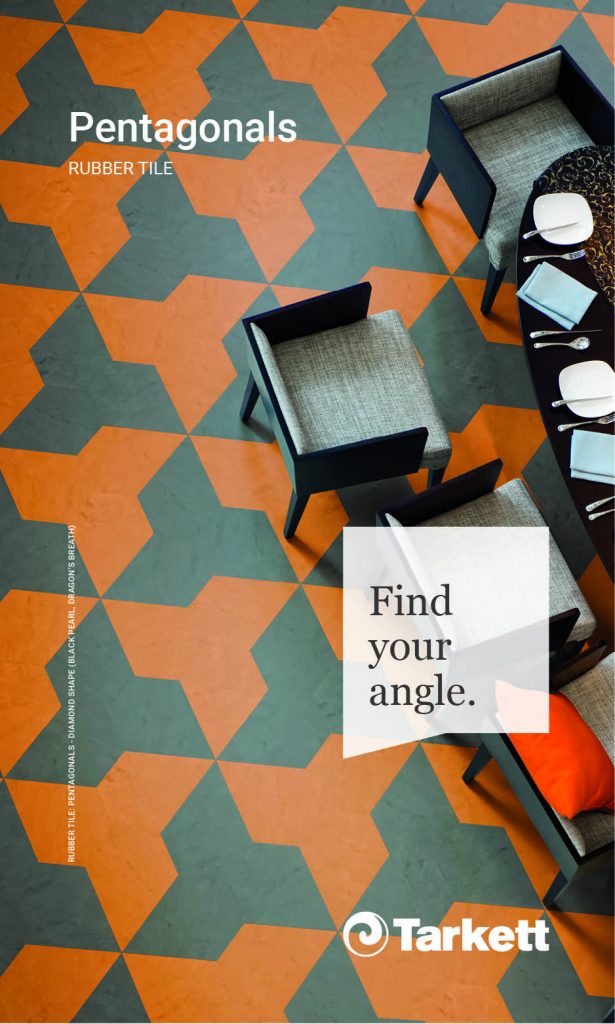Budding Environmentalists: Yes, you can sit with us.
In fighting climate change, much is done to focus energy and attention on countries and markets with high gross domestic product (GDP) (Ostrom, 1999). This is because they are often the worst polluters, (Barchram, 2006) and also because they have the capital to support any costs that come with creating critical infrastructure for thriving, sustainable societies.
However, thanks to the exponential increase in global trade over the last century (Weisbrot et. al. 2003), many emerging markets are now joining their wealthier neighbors in both GDP and the production of pollution and toxic materials at a previously unprecedented rate. In short, carbon dioxide production from emerging markets, not those with the highest GDP, is scheduled to overtake production in the first world, if nothing is done to reverse these trends (Ostrom 1999, Weisbrot et al 2003, Hickel 2016).
This trend is alarming to us at the International Living Future Institute (ILFI), because anyone in emerging markets interested in building or transitioning building stock to Living Building Challenge standards, despite economic growth over the past century, still begins the process at a disadvantage in three ways:
1. First, there are often no bridging certification or even code standards yet available to them. The market lacks educated manufacturers, developers, and clients willing to work on setting and achieving green performance targets.
2. Second and subsequently, the general public is likewise uneducated about green building, and local politicians are uninterested in supporting code or policy efforts.
3. Finally, high rates of poverty and stemming social justice issues from centuries of colonialism and oppression make it difficult, if not impossible, for educated practitioners and advocates to justify spending on the costs of green infrastructure when there is more pressing work to be done.
Within the general population, this manifests as a myth of environmentalism and green-building as an elite, “good ol’boys practice”. Environmentalism is portrayed as a club, exclusive and opaque: you’re in, or you’re out. Those trying to peer into this way of being and acting in the world, seeking solace from our global climate crisis, find themselves off-put by the media’s perpetuation of militant attitudes and barriers to entry. If you don’t recycle correctly or drive an electric car, you are told you can’t sit with us. And yet, this cannot be further from the truth.
Disrupting “Pay to Play”
At ILFI, staff often talk about how to hold space for joy amidst the grief we experience from the havoc infrastructure wrecks on our planet. We seek to meet people where they are, and guide them past these false perceptions of what environmentalism is, to help them understand that collectively we already have the power to create it (and our future) together.
Our need for play manifests itself in a variety of ways – from our events to the courageous leadership of our ever-growing team of Ambassadors. As we have grown from a small team of rowdy Cascadian trouble-makers to a recognized global brand, it has become clear that our ever-evolving definition of ‘what good looks like’ should be updated to better reflect the brilliance of the leadership now at our table, including the richness and diversity of the types of Living Buildings we are beginning to see around the globe.
In his book ‘Slow Violence and the Environmentalism of the Poor’, Rob Nixon says:
“To address violence discounted by dominant structures of apprehension is necessarily to engage the culturally variable issue of who counts as a witness. Contests over what counts as violence are intimately entangled with conflicts over who bears the social authority of witness.”
Nixon, p.53
By this, he means that to speak truth to power on issues of pollution, and participate in creating a healthier future in our current paradigm, you must belong to a certain strata of society; the euphemism “pay to play” is relevant here.
Evidence suggests that some aspects of this specific problem are only temporary. It’s true that the emission distribution data shows a massive uptick in emissions from emerging markets: India, China, South Africa, and Colombia to name a few. These nations are rapidly developing buildings and supporting infrastructure, and are consequently contributing to increased emissions. The good news is that these countries are also experiencing unparalleled growth in green building projects. There is enormous potential for the Living Building Challenge to expand if we can tap into the movements that are already underway in these and other emerging markets. If we plan on growing our roots, it would behoove us to think outside our current structure so that we can start incorporating place-based realities into our process.
That’s why, along with version 4.0 of the Living Building Challenge, we have launched a new certification pathway which we call Core Green Building Certification.
About Core
By centering on 10 ‘Core’ Imperatives of the Living Building Challenge, this program focuses a design team on accomplishing that which will have the most significant positive impact on our world. Of ILFI’s over 600 registered projects, many are already underway in countries without an established local code or rating system that enforces even basic water or energy baselines. These industry leaders are looking to go above and beyond conventional green building standards, and with Core, they aren’t waiting for anyone else to create the change they wish to see. The standard consists of 10 simple principles, within reach for any project.
Core Imperatives:
C1: Ecology of Place (I-01)
C2: Human-Scaled Living (I-04)
C3: Responsible Water Use (I-05)
C4: Energy + Carbon Reduction (I-07)
C5: Healthy Interior Environment (I-09)
C6: Responsible Materials (I-12)
C7: Universal Access (I-17)
C8: Inclusion (I-18)
C9: Biophilic Design (I-19)
C10: Inspiration + Education (I-20)
These principles do not take the form of a prescriptive ‘checklist’. Such checklists inevitably center (and favor) specific cultural values, types of projects, or ideas about “good” environmentalism over others. Instead, Core Certification asks people to exceed local, culturally-appropriate benchmarks, so communities can meet the intention of each Imperative on their own terms.
Three Projects Underway
One such project pursuing the Living Community Challenge is underway in Cambodia, where local leadership has created a 21st century business model that employs business as a positive—and profitable—agent of change.
Cambodia itself is currently experiencing an unprecedented amount of power outages, looking for solutions to address this problem at scale. Daily brown-outs affect schools, businesses, households, and industries across every sector. For this reason, the Song Saa Collective is pursuing the Living Community Challenge to ensure the resilience of a 230-hectare bio-reserve outside Siem Reap. This will include a resort, ecological and cultural conservation initiatives, and a solar project that will supply power to the surrounding rural communities. It will create a localized economy to provide the capital to support these communities’ development, on their own terms.
Another great example is the RegenVast Smart Living Home, in Trinidad. No ordinary house, this project is the first to pursue the Living Building Challenge in the Caribbean. This project has been the source of many innovative ways of preventing humidity, and started an important conversation with regional policy-makers about water usage, and the viability of composting toilets in the tropics. Drawing on indigenous ways of building unique to the island, and challenging conventional thinking about waste, and what qualifies as a resource.
RegenVast has a big impact: industry leaders from all 13 sovereign nations, and 6 of the 12 territories in the Caribbean (as well as Panama, Guyana, and Venezuela) have begun engaging with the local Collaborative and project team to learn more about how to strengthen their communities and increase their resilience to climate change using ILFI’s building certifications. The project holds quarterly webinars for attendees from across the globe.
A third example of this is a Living Building Challenge project underway in Yellowknife, Canada. The vision for the building, and its creation, has been led by members of the Dene First Nation.
Called the Northern Centre for Sustainability, this project will provide a vehicle for the knowledge transfer between isolated northern indigenous communities, Ecology North, the Dene First Nation, Concordia University, the University of Alberta, and the world beyond. This project will actively promote technology replication, and build retrofit economy momentum in Canada. It will be the first project of its kind in the Arctic.
“We’re aiming at building an innovation hub co-working space, based on the United Nations sustainable development goals, that would become a place where emerging young entrepreneurs can work on anything that’s related to climate action, maybe it’s life on land, life on water, or health and happiness,” says William Gagnon, Living Future Ambassador and Green Buildings Specialist at local NGO Ecology North. Gagnon was the primary author of a recently published report that found policy makers in arctic climes could create 87 jobs and $11.8 million CAD by extending the team’s benchmarking efforts beyond this single project.
“Good” Conclusions Require Everyone
In asking the simple and profound question, ‘What does good look like?’ over a decade ago, we have opened up a world of possible answers. Core Certification is an important step to make sure that any answers to this question, and subsequent ownership of said answers, comes genuinely from all people, regardless of race, sex, religion, location or income.
Core Certification represents a new way of thinking about green building, inviting us to think deeply about ‘cultural richness’, and consider ancestral and indigenous ways of creating place. It builds an even longer table, to hold space for more people, to shape the future of the Challenge, philosophy and thinking. It recognizes projects that achieve the ten Core Imperatives, responding to our urgent environmental and social needs in a holistic way.
We can’t ever truly have a ‘Living Future’ without everyone. Starting with Core Certification, we intend to continue to put resources and tools into the hands of those who need them most. We’re counting on these brilliant newcomers to the environmental movement to “call witness”, as Rob Nixon puts it, and, with a little bit of inverse-monkey-wrenching, improve upon the work we have begun.
REGISTRATION FOR CORE CERTIFICATION BEGINS HERE: https://living-future.org/core/




